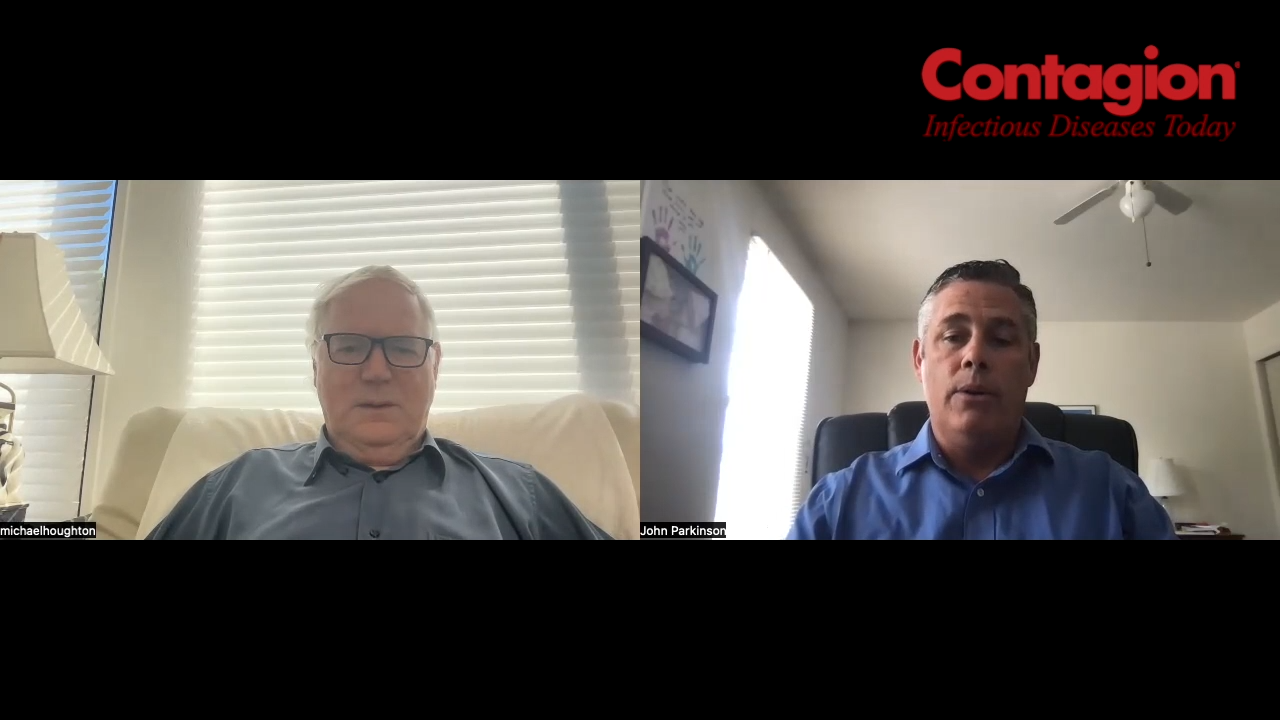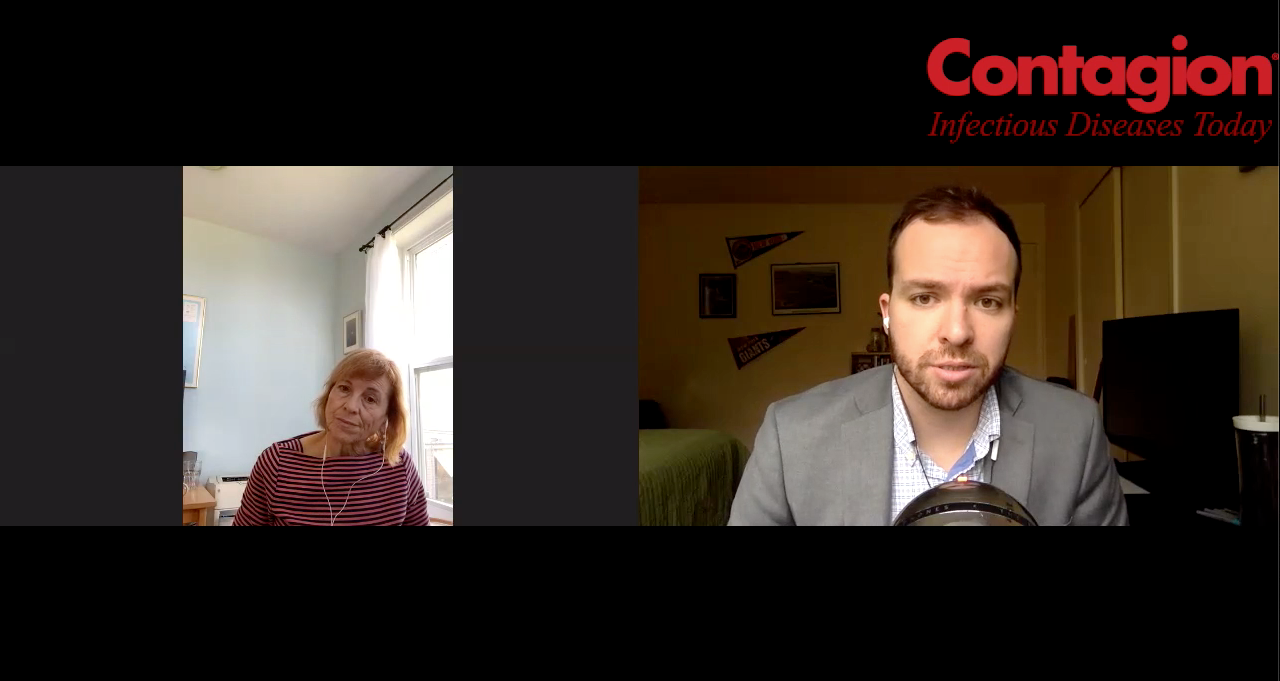Ebola Virus Can Persist in Male and Female Survivors Following Discharge
Investigators now think that Ebola prevention methods should be a top priority moving forward.
Ebola RNA can be present in body fluids up to 40 months post-discharge from a treatment facility, according to a new report in Open Forum Infectious Diseases.
A multinational team of investigators studied bodily fluids from Ebola virus disease patients up to 40 months after their treatment discharge in order to make strides in obtaining knowledge about viral persistence of the disease. The study authors wrote that this knowledge and understanding is necessary because of increased frequency and serious impact of Ebola outbreaks and epidemics.
There have been 28 major Ebola outbreaks reported across Africa since the first 1, reported in 1976 in the Democratic Republic of the Congo (DRC). The investigators studied patients in Southeast Guinea, an area where a disastrous outbreak occurred from 2013 to 2016. During the outbreak 11,000 individuals were killed and more than 28,000 individuals were infected. The outbreak started in a rural area of Guinea, as is typical for an Ebola outbreak, but eventually reached the capital cities of neighboring countries Liberia and Sierra Leone, as well, the study authors explained. Their analysis included 800 of the 1270 Ebola survives from Guinea.
Patients were assessed at inclusion in the study (usually within a year of treatment facility discharge), 1 month afterward, 3 months afterward, and subsequently every 6months after inclusion up to 40 months. Body fluid sampling was encouraged at every visit, leading investigators to collect 1368 semen samples, 1875 urine samples, 549 vaginal fluid samples, 900 saliva samples, 168 breast milk samples, and 558 feces samples.
“Ebola can—in exceptional cases—be sexually transmitted,” study author Martine Peeters, PhD, of Montpellier University in France told Contagion®. “[The] frequency of this is not clearly known and need[s] to be better examined, for example in the ongoing outbreak in Eastern DRC.”
The investigators determined that 10% of male Ebola survivors tested positive for Ebola RNA in at least one of their semen samples (27/277 samples). They also noted that 8 out of 8 samples from 7 out of 7 patients were positive for viral RNA when tested with Ebola Xpert less than 3 months after discharge from the treatment unit, while 9 out of 13 patients remained positive after 3 to 6 months post-discharge. The study authors also learned that all 922 samples from 246 patients tested 18 months post-discharge from the Ebola treatment unit were negative for viral RNA.
Viral RNA in semen was more frequent in patients who had eye pain, joint pain, and higher antibody levels to Ebola antigens, the investigators also reported.
“[It is] important to note that [the] majority of male survivors can still have viral RNA in semen 6 months after [treatment] discharge and that prevention measures should be systematically implemented,” Peeters continued.
The other body fluids that the investigators collected from survivors barely registered for Ebola RNA: 1 out of 454 tested saliva samples, 2/593 urine samples, 2/168 breast milk samples, 0/273 vaginal fluid samples, 0/330 fecal samples.
The breast milk samples piqued the interest of the investigators, though. RNA was detected in breast milk 1 month after delivery but 500 days after Ebola treatment discharge in 1 woman who became pregnant after 7 months post-discharge from the treatment unit.
“The most surprising finding is probably the detection in breast milk in a pregnancy that occurred after discharge from the Ebola treatment unit and that health care workers should be aware that this can occur, probably in a limited number of Ebola survivors,” Peeters said.
The study authors concluded by underlining the point that systematic prevention measures in male Ebola survivors should be a focus and top priority going forward.




















